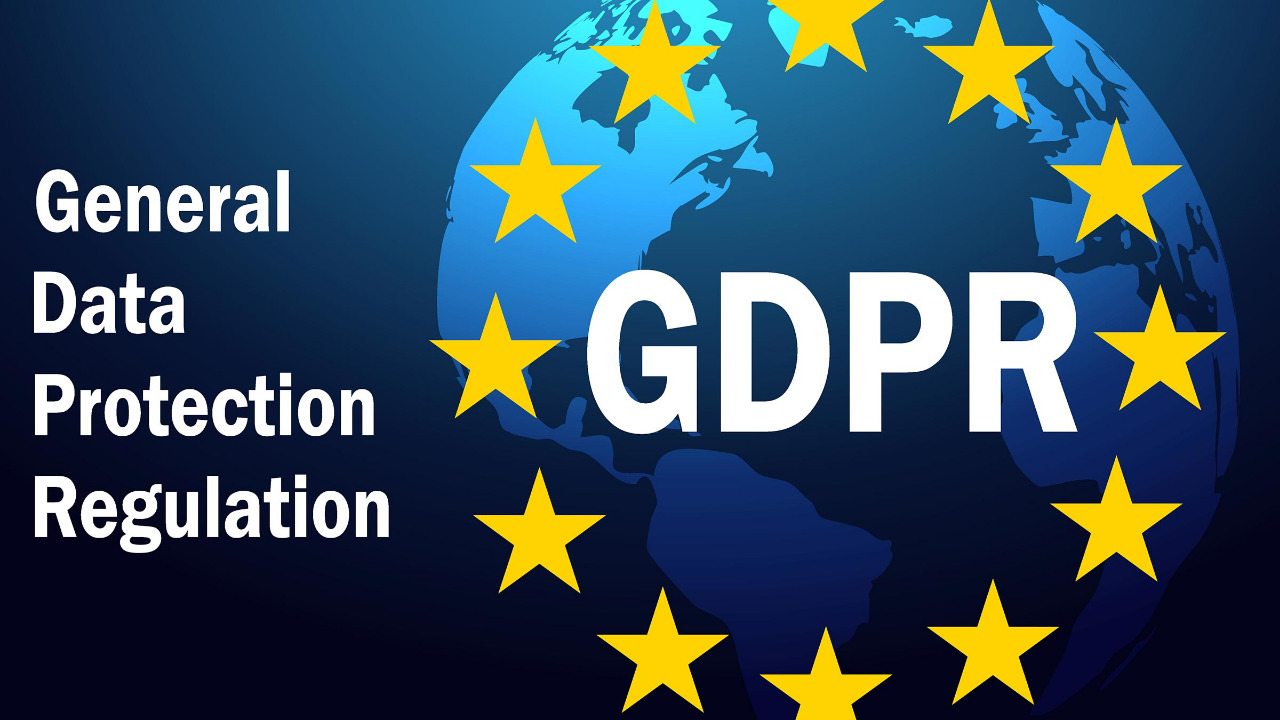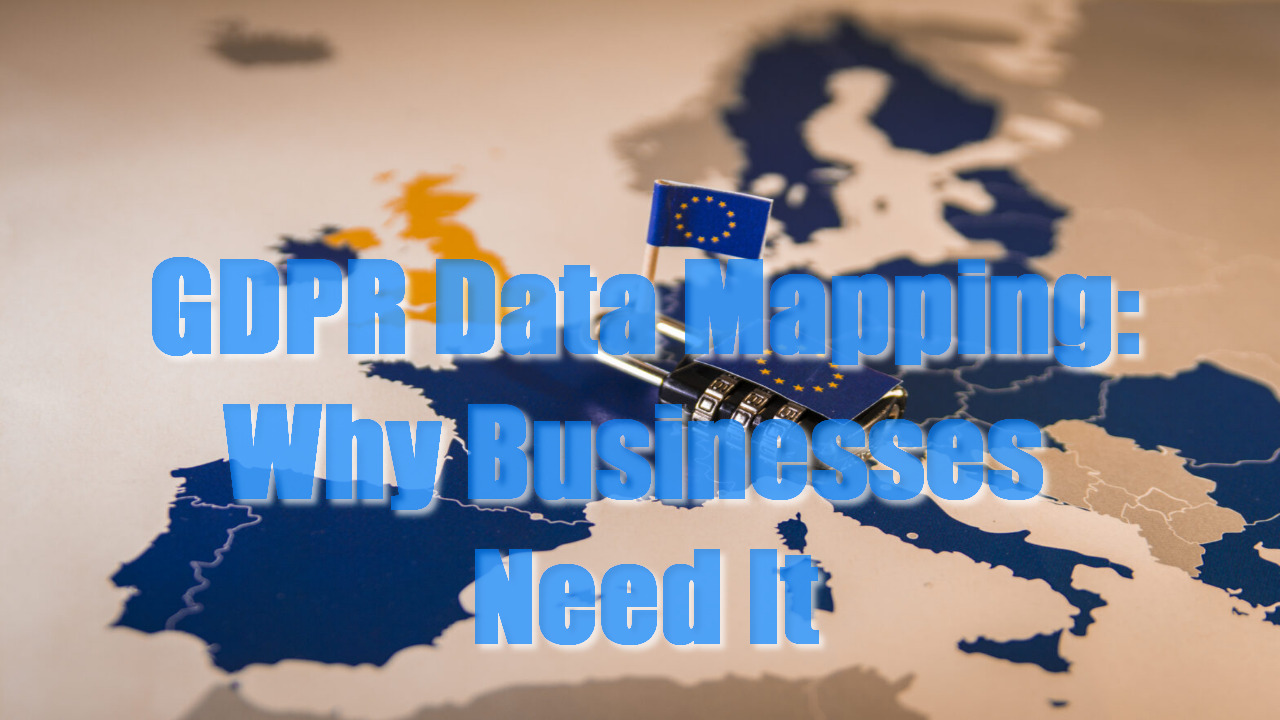Do you know how data is collected, stored, and managed in your organization? With the General Data Protection Regulation (GDPR) requiring organizations to protect the personal data of EU citizens, GDPR data mapping is an essential step for businesses.
The GDPR was promulgated to harmonize privacy regulations across all EU member countries, so companies must take certain steps to ensure that they are GDPR-compliant when handling personal data. One such requirement is GDPR data mapping; this process helps organizations be aware of where their data and processes originate from. Ethyca data mapping page can tell you even more.
In short, GDPR data mapping is the process of identifying and assessing the storage, flow and security of all personal information in a company’s digital system. It assesses the risks posed by existing systems for GDPR compliance purposes so that businesses can address any shortcomings before they become a problem. This article will discuss why businesses need to do GDPR data mapping as well as how it can be done efficiently and effectively.
Learn About GDPR

Before jumping into data mapping, it is important to understand what GDPR actually is and why it matters. GDPR stands for General Data Protection Regulation and it was put in place by the European Union (EU) to protect the privacy of citizens across the region and require businesses that handle EU citizens’ data to follow certain requirements. These requirements could include but are not limited to obtaining consent before processing or handling personal data, alerting users when their personal data has been compromised or breached, allowing users access and control over their own data, etc.
Identify Your Business’s Data Sources

Once you understand what the basic tenets of GDPR consist of, it’s time to identify what sources your business pulls from. This may look different depending on if you operate a B2B or B2C business model, but generally speaking, all businesses will have some sort of customer database, whether internal or external, which collects customer names, contact details and other personal information about customers or potential customers.
Additionally, your business might be collecting other types of information such as payment information from third-party payment platforms like Stripe or Paypal and email addresses from marketing software like MailChimp, so identifying these sources early is important for creating an effective map.
Analyze Your Processes

Now that you know what sources your business pulls from, it is important to take time to closely analyze all your processes related to customer service including how customers sign up or fill out forms on your website/platform, how customer’s phone logs are stored internally or with third-party services providers like Twilio & Freshdesk, etc.
Getting an understanding of all customer service-related processes that involve customer info collected/stored by you/your team will allow your organization/business to determine if they need any changes as per GDPR requirements.
Create Data Audit

Once you have identified all your processes that involve dealing with customer info, then the next step would be mapping out each process flow separately along with logging in which countries does each process take place, what type & format the collected info gets stored in (whether its structured/unstructured formats), and other attributes associated with that particular process.
The idea here is to map out every aspect related to storing customers’ personal info and create a report detailing each attribute associated with those process flows separating different types of attributes into categories like legal-related factors vs technical aspects, etc. Creating detailed reports will improve visibility leading up to a consistent reporting structure enabling smooth maintenance & improvement and making sure organizations remain compliant with GDPR rules.





